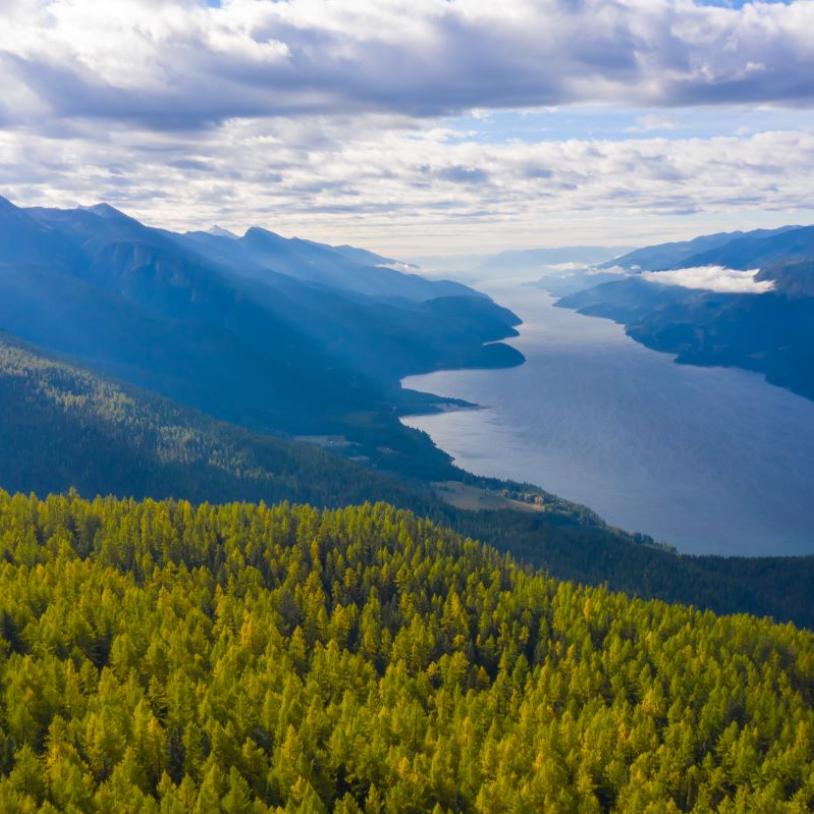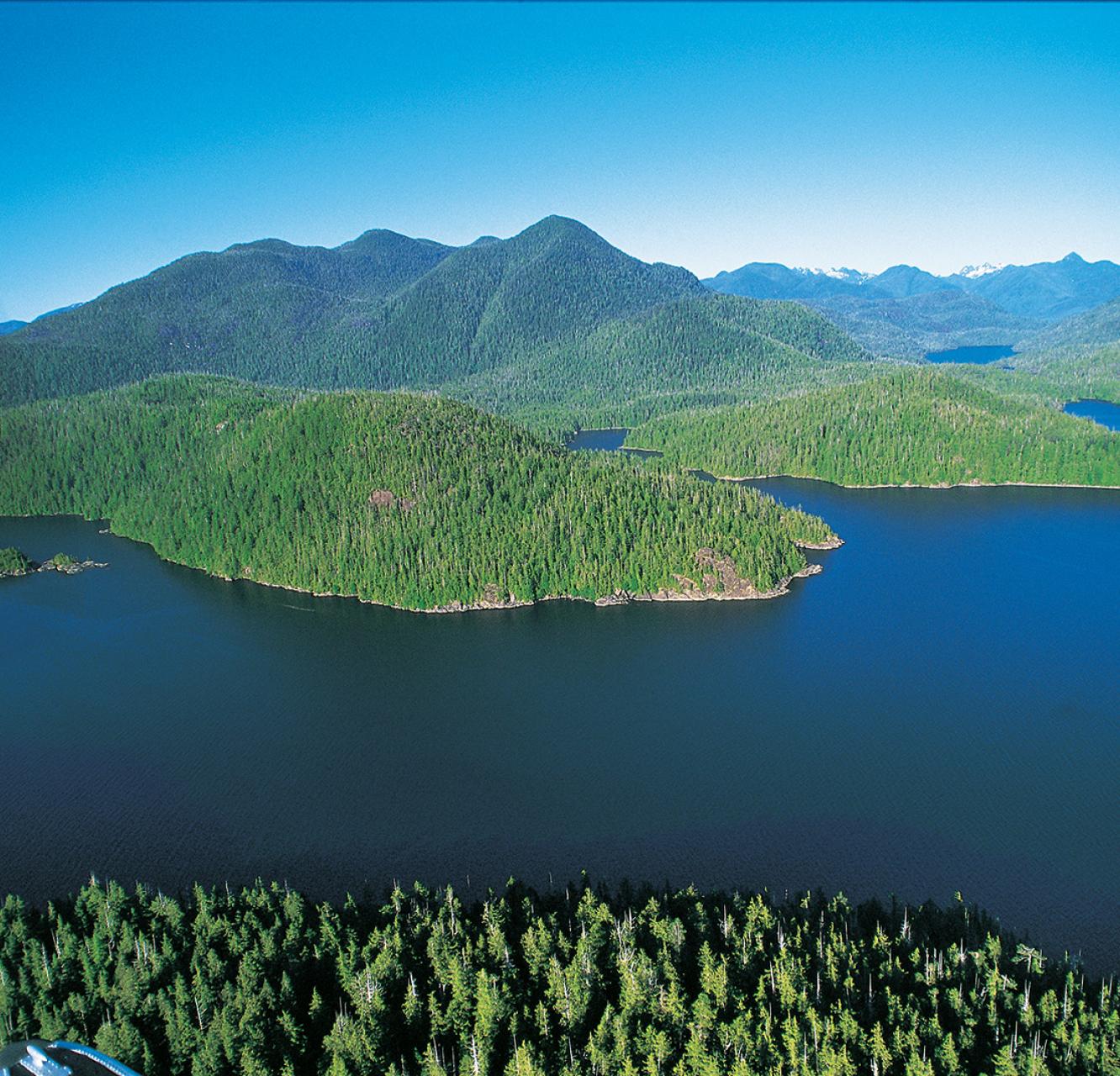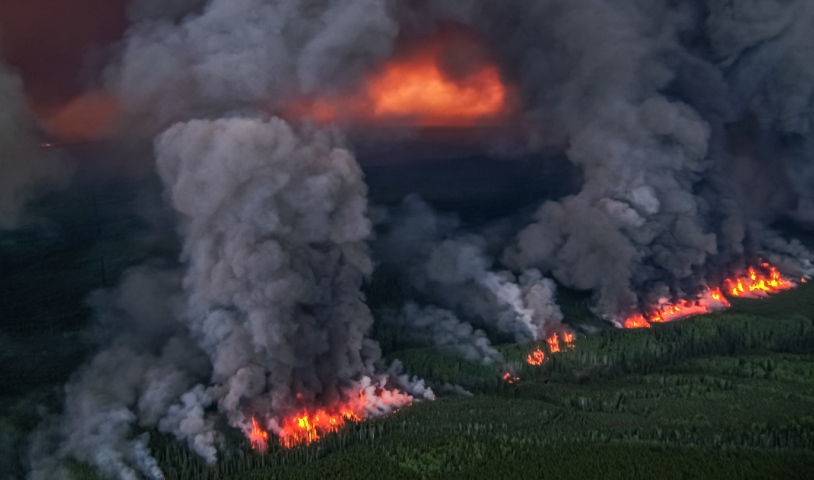TOTEM POLE RAISED AT FISH LAKE TO CELEBRATE BC’S NEWEST TRIBAL PARK
Monday, October 13, 2014
The singing of songs in the ancient tongue along with the thumping of native drums echoed across the sparkling waters of Fish Lake (Teztan Biny) in the BC Chilcotin (Tsilhqot’in) recently as some 250 people braved the bumpy mountain road to celebrate the commemoration ceremony of the new Dasiqox (Taseko) Tribal Park of some 800,000 acres.
The Tsilhqot’in name is Nexwagwez?an meaning there for us.
Combined with the five adjacent large provincial parks the Tribal Park is intended to link at a broader landscape level.
The total area now protected is as great and significant for wildlife as the world-famous Yellowstone National Park.
The new park is just outside the Tsilhqot’in-Nemiah Aboriginal Title area recently recognized by the Supreme Court of Canada, but is still considered within the claimed aboriginal title and rights area.
The drumming and singing continued to echo over Fish Lake as a magnificent totem pole was raised near the lakeshore, donated to the Tsilhqot’in Nation by Tim Paul, a world-renowned Nuu-chah-nulth carver. The pole, along with a donated Eagle mask, are intended to protect the spiritual site of Fish Lake.
The lake is the site of the very controversial proposed New Prosperity Mine by Taseko Mines Ltd. Two federal environmental review panels and the Federal government turned down the mine application due to environmental and other concerns. The company is now seeking a number of court reviews claiming the panel hearings were flawed.
The park is designed to protect an incredibly wild and stunningly beautiful ecosystem, traditional hunting and fishing areas, and a cultural landscape rich in heritage sites, burial and cremation grounds, ancient villages, stories and legends.
According to Nemiah school teacher Jessica Setah, who composed a special native song for the occasion, even the island visible in Fish Lake has an ancient winter lodge site and burial ground with evidence in the area of occupation going back some 5,000 years or more.
A background technical report by biologist Wayne McCrory and traditional knowledge keepers Alice William and Linda Smith identified the largely-intact area as having such high ecological, cultural and heritage values that it warranted international recognition under the IUCN Indigenous and Community Conserved Areas and also ultimate protection by legislation in the same manner as our national and provincial parks, along the lines of the Stein Tribal Class “A” provincial park.
Such recognition is automatically given by the Australian government to Aboriginal Protected Areas (APAs), which also funds aboriginal management and ranger programs - since the benefits of protection flow to all of society as does the Tribal Park designation of the Dasiqox-Taseko watershed.
The new Tribal Park declaration is actually the third declaration of protection against industrial logging and mining by the Tsilhqot’in-Nemiah government. In 1989, after a logging-road blockade stopped a massive incursion of clearcut logging, the Nemiah declared their whole rights and title claim area an aboriginal preserve with no industrial logging, mining and hydro-electric development – protection, in fact, very similar to our national and provincial park systems.
The Nemiah Aboriginal Declaration was followed in 2002 by a second, the Eagle Lake Henry Cayuse Wild Horse Preserve, covering the same area – the first wild horse preserve in mainland Canada.
According to the Chiefs who spoke at the opening ceremony, the exact terms of protection still have to be worked out through the framework agreement recently signed between the Tsilhqot’in and the Christie Clarke government. Several Chiefs have indicated to the media that the Park could include some logging and mining, which is bound to be highly controversial.
TNG chairman Joe Alphonse stated that a management plan would be done that is consistent with Tsilhqot’in values coming first.
Land-use management in the new Tribal Park will be open to feedback by the public, governments and industry until March 31, 2015.
Photo: Tsilhqot'in member Cecil Grinder holds the Eagle Mask during the ceremony.





